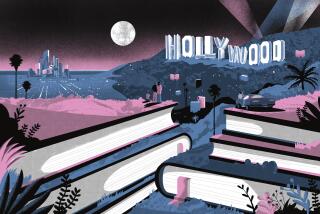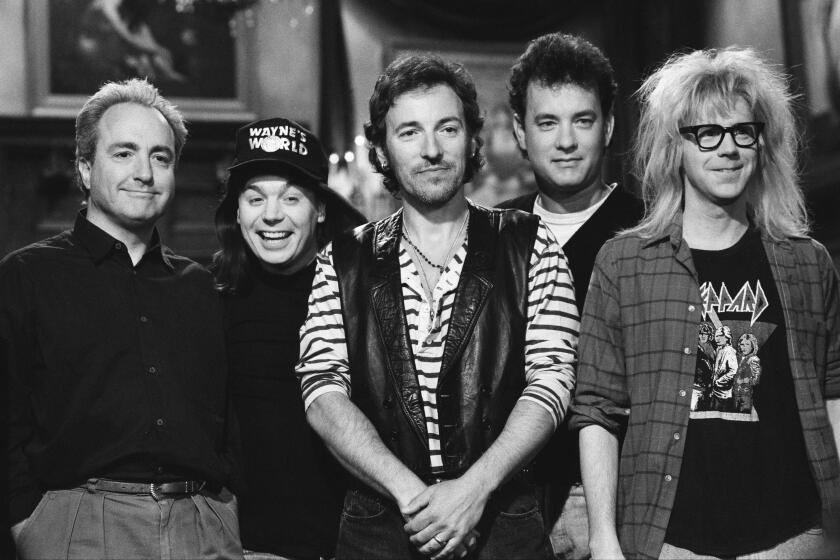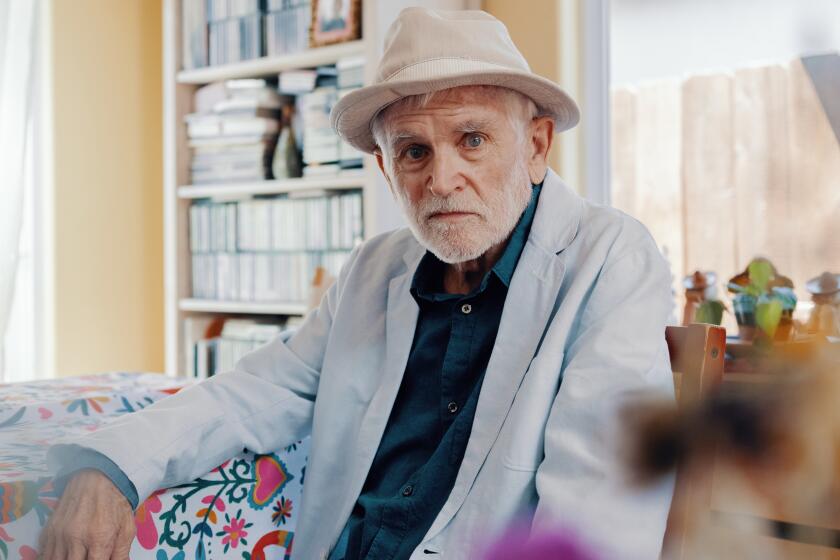For a Real Spine-Tingling Page-Turner . . .
- Share via
Read Carol O’Connell’s newest suspense novel, “Stone Angel,” at your own risk. Forget all about the mundane, everyday, workaday chores because you’ll have to find out just why the NYPD’s Kathleen Mallory (who disappeared at the end of “Killing Critics,” O’Connell’s third novel) is now in jail in a small Louisiana town. You may have a problem breathing as you turn the pages of this intensely developed, intricately plotted mystery. Mallory is a complex character--secretive, barely capable of sensitivity and empathy, fiercely intent on pursuing her own brand of justice.
MARILYN F. RUDA, Granada Hills
****
In “Vanity Fair” (written in 1847), William Makepeace Thackeray seems to play with his characters as if they were puppets in a carnival show. He makes jokes about them, gives them amusing names reflecting their characteristics and generally holds them at arm’s length from the reader’s sympathies. Two very different heroines are contrasted: the weak, devoted, sentimental Amelia, who marries an unsuitable man; and the scheming, grasping but clever and charming Becky Sharp, who yearns to make her fortune in whatever way she can manage. Money, the lack of it and the hope of gaining drives most of the action in the novel, at times to great comic effect. The Napoleonic wars provide a background but remain entirely offstage. This is a very enjoyable novel, particularly for anyone who has lived long enough to have gained some understanding of human greed and ambition.
MADERE OLIVAR, Los Angeles
****
Better known in publishing and pop culture circles for “The Godfather” and other crime novels that became movies, Mario Puzo also has written a fascinating piece of literature called “Fools Die.” A semi-autobiographical novel that takes the reader to the familiar Puzo haunts of Las Vegas, Hollywood and New York, this is an engaging, in-depth portrait of a survivor, a complex and tenacious individual. John Merlyn is a minor bureaucrat and struggling author who hits the big time with a novel / screenplay and gets to know life in Hollywood’s fast lane. He is at once ingenious and hypocritical, a good husband and a philanderer, an altruist and a degenerate gambler. Merlyn is like a character out of Dostoevsky: His decisions, values, triumphs, setbacks and sheer humanity paint as vivid a picture of mid-’70s America as old Fyodor’s characters do for turn-of-the-century Russia.
MICHAEL ANTHONY GATTO, Los Angeles
****
No one likes or wants to be hit. We have laws that say that adults who hit other adults will be punished. But there is no law in the United States that prohibits spanking a child (although such laws do exist in some foreign countries). In “A Case Against Spanking,” Dr. Irwin A. Hyman tells parents how to discipline their children without ever hitting them. If one generation of parents would stop hitting and humiliating their children, it would be possible to eliminate hitting children ever again. Only then could we begin to call ourselves civilized people.
BENNY WASSERMAN, La Palma
****
“Harpo Speaks,” and he has a lot to say. The story of Harpo Marx (co-written with Rowland Barber) isn’t so much an autobiography as a ride on a whirling dervish through the literary, theatrical and family circles that were Harpo’s amusement park in the ‘20s and ‘30s. Marx sat at the Algonquin round table--pretty heady company for a vaudeville clown who dropped out of the New York public school system in grade two. But Harpo offered the literati something no one else could: He listened. Then he wrote it all down in this hilarious, poignant book.
KATHERINE BEATTIE, Santa Monica
****
Daniel Defoe, born in 1660, was only 4 when the bubonic plague engulfed Holland, but in “A Journal of the Plague Year” he demonstrates a wide understanding of what Holland experienced. His book is historically correct, but he also put his own fictional thoughts into it with small stories of families or watchmen or others working in the town. He describes the pain of those watching friends and family die and the pain of the dying. But even greater, he tells about the pain of the people who were left to live. He describes the horror of the “shrieking cries” so well that one may wonder if he ever awoke in the night from cries of children his own age or younger.
CATHERINE PILLSBURY, English, Period 1, Westlake High School
****
“The Thin Red Line” by James Jones is a novel about the battle of Guadalcanal. This is a very powerful and emotional book that shows the fear, trauma, pain and misery of war. Within a week of arrival in Guadalcanal, Charlie company is forced into battle. For most of the soldiers, it is their first taste of combat. Many struggle with how scared they are; they all wonder if they are cowards. Some are not, some don’t know they are not, and a few know that they are, and do everything possible to get out of the battle. During the battle, it feels as though the reader is part of the action. It seems as though the reader can see the sweat, taste the blood and smell the fear.
PETER O’HARE, English, Period 3, Westlake High School
* Readers’ reviews run every four weeks. Next week: Kevin Baxter on books for children and young adults.
More to Read
Sign up for our Book Club newsletter
Get the latest news, events and more from the Los Angeles Times Book Club, and help us get L.A. reading and talking.
You may occasionally receive promotional content from the Los Angeles Times.








